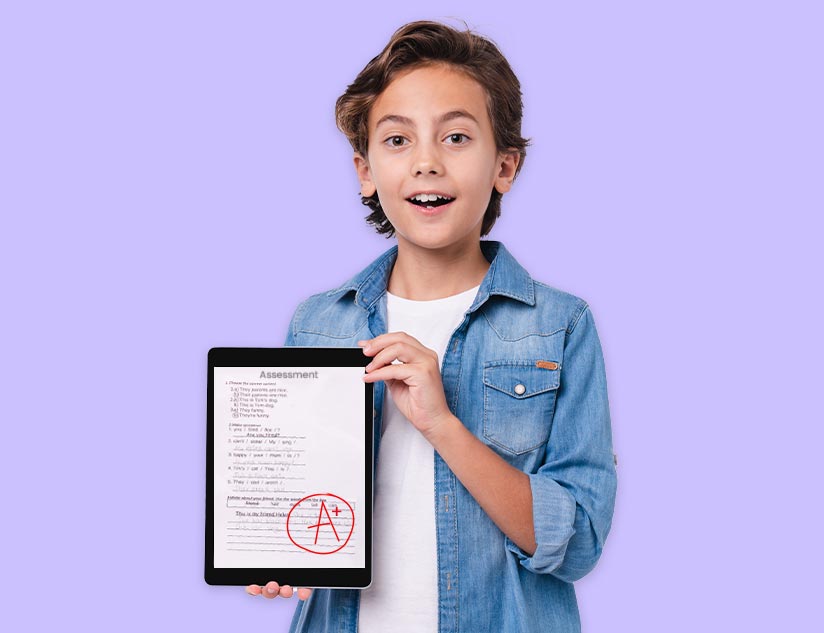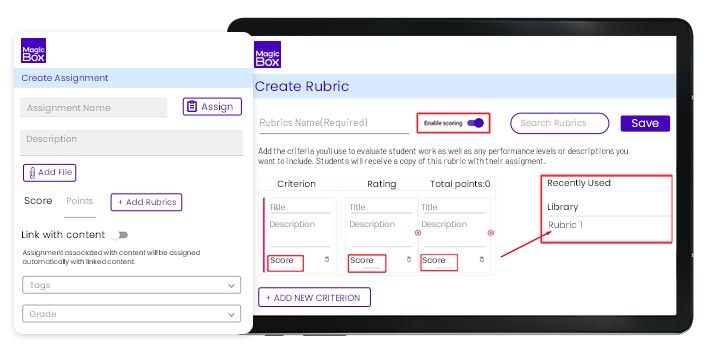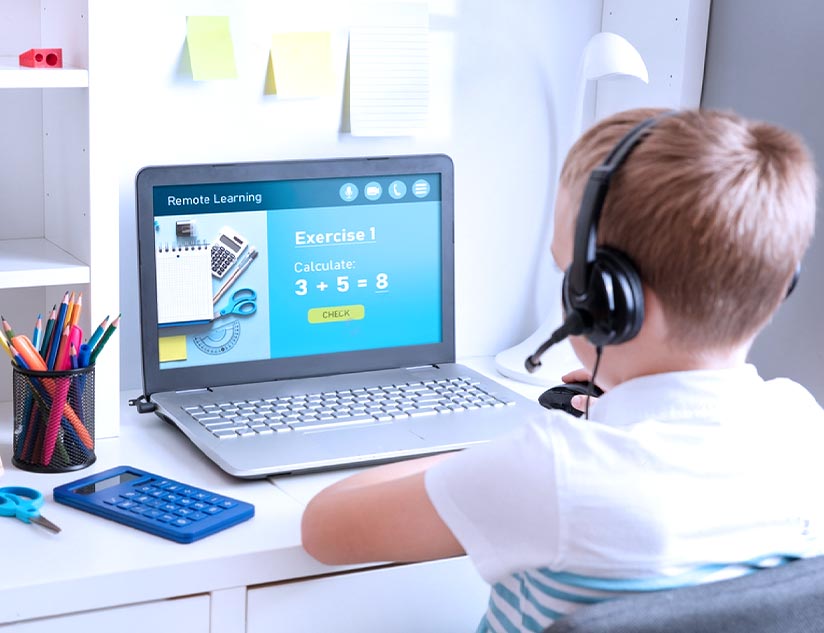Educators have always faced challenges in scoring student assessments efficiently to provide timely, high-quality feedback. Although there are several different methods of assessing learning outcomes and then scoring these tests, there are advantages to using rubrics. First, they offer more excellent reliability and consistency in rating performance across a program or grade. Educators find it convenient to aggregate scores and conduct more sophisticated analysis with the help of rubrics. Additionally, rubrics allow them to examine different dimensions of student performance instead of just an overall score.
Rubrics have become an integral part of student assessment for the clarity it adds to the grading process and feedback. However, they vary significantly from simple to complex. For instance, the checklist often used to evaluate student performance in terms of physical examination skills is a simple form of a rubric. On the other hand, more complex rubrics help evaluate students using multiple levels of criteria and a scale.
Why Rubrics for Assessment
Although rubrics have been in use for some time, they have come into focus in today’s blended learning environment. In addition to saving time while grading online assessments and assignments, Rubrics also help students understand how the evaluation happens and why they received a particular grade.
A few significant factors make rubrics an essential part of the student assessment process.
1. They Make the Learning Target Clearer
Rubrics contain the criteria and performance-level descriptions that allow students to understand the desired performance and what it looks like. So, they will know how assessment happens for each criterion of importance. For instance, for a complex task (like building an architectural model), rubrics can make them aware in advance of the criteria for assessing the model. So, they can construct models to demonstrate their skills in the required areas.
Additionally, rubrics in formative assessments can also show students what their next steps should be to enhance the quality of their performance.
2. They Help Coordinate Instruction and Assessment
Rubrics offer benefits for educators as well. For example, when creating a rubric after carefully articulating their expectations for student learning¸, educators gain clarity regarding key learning targets. They can, therefore, choose the suitable instructional approaches and design learning environments that will best allow students to achieve these outcomes.
3. They Make the Assessment Process Fair and More Accurate
Assessment criteria typically include class tests, assignments, projects, and end-of-the-year exams. However, this kind of grading system faces specific challenges, such as:
- Lack of transparency in the assessment system.
- Limited use of classroom assessment techniques.
- A certain level of rigidity in the grading system.
However, educators can create effective rubrics to address these challenges. Rubrics allow educators to identify thematic gaps in student learning and adapt their teaching approach accordingly. Additionally, they help develop consistency in the evaluation of student learning throughout a specific grade.
When all educators use a rubric in the same way, it makes the process of student assessment more consistent and efficient. It also promotes horizontal and vertical alignment across departments and districts.
4. They Empower Students with Tools for Self-Assessment and Peer Feedback
Though, rubrics help grade written assignments. But, they may serve some other important functions as well, such as:
- Evaluate teamwork and individual contribution to group tasks.
- Facilitate peer-review by setting evaluation standards.
- Self-assessment so that students can improve personal performance and learning.
When students know the assessment criteria while completing a task, they are equipped to critique their performance. It also allows educators to create customized assessments depending on students’ specific needs. Thus, rubrics help foster a personalized learning environment.
How MagicBox Can Help Create Effective Rubrics
MagicBox is powered to offer consistent support in creating custom rubrics. Educators can create their rubrics effortlessly and set them up, right from criteria to scale values and scoring. In addition, they can create, edit, save and reuse rubrics for a straightforward grading process.
These rubrics can be easily integrated into the assignment submission page. With only a few clicks, educators can grade student submissions, adjust the grades by subtracting points, and even leave a comment or an attachment as feedback. Thus, it helps students to gain a better understanding of their performance, since they receive details of their evaluation.
Using the same rubrics, educators and school districts can ensure that grading is objective and consistent for similar tasks. Also, they can ensure transparency and reliability when it comes to students’ learning levels. However, their effectiveness depends on how carefully a rubric is constructed so that it assesses the desired performance accurately.
To know more about how MagicBox allows publishers and teachers to use pre-created rubrics or create new rubrics for an assignment, please get in touch with our experts.
















